Congratulations to the 2025 LPL recipients of seed grants from the Arizona Astrobiology Center!
- Eleanor Cornish, Undergraduate Student (Astrobiology minor)
- Kayla Smith, Graduate Student (Planetary Sciences/LPL)
- Dr. Pierre Haenecour, Assistant Professor (LPL)
The AABC Seed Grant program is an opportunity to foster creative, ambitious, and interdisciplinary scholarship and engagement in the expansive field of astrobiology. This initiative is uniquely inclusive, extending beyond the traditional confines of biological and space sciences. Researchers from the social sciences, arts, science education, and other diverse fields are invited to contribute their perspectives and expertise. The Center aims to nurture innovative, interdisciplinary research endeavors that deepen our understanding of life's origins, evolution, distribution, and future in the universe. This seed grant is a call to thinkers and explorers across all disciplines.


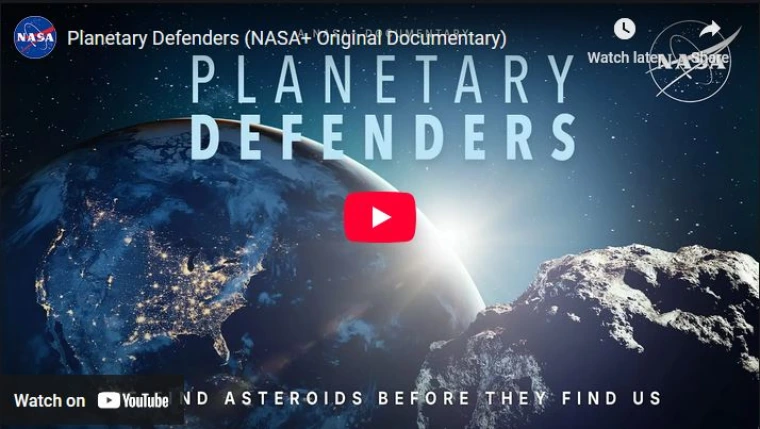
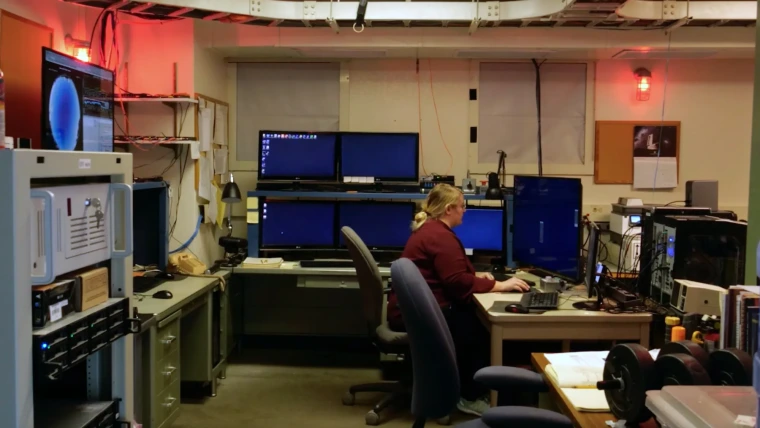
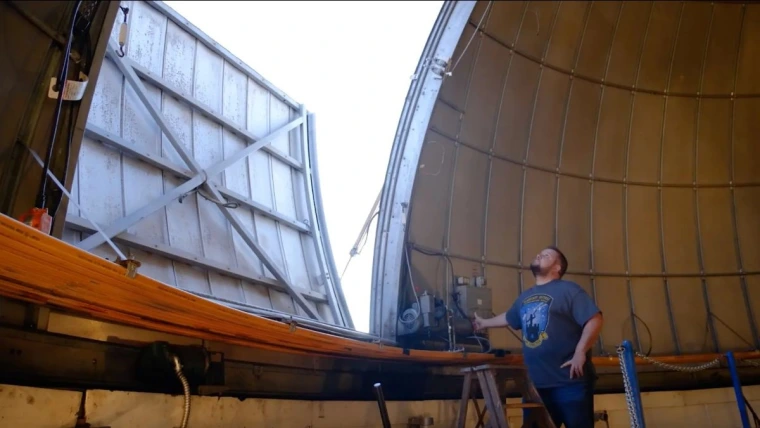
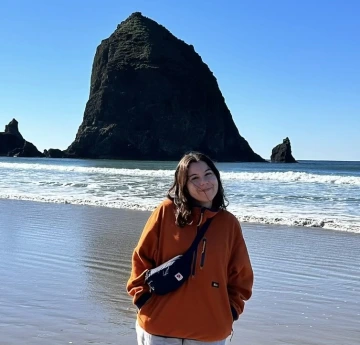
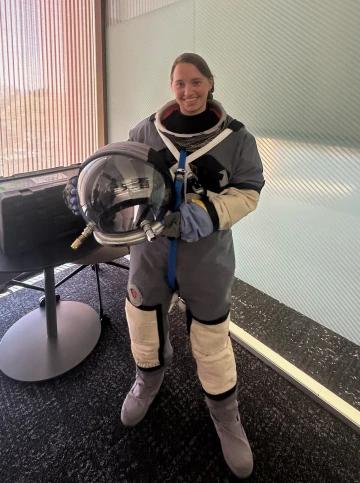
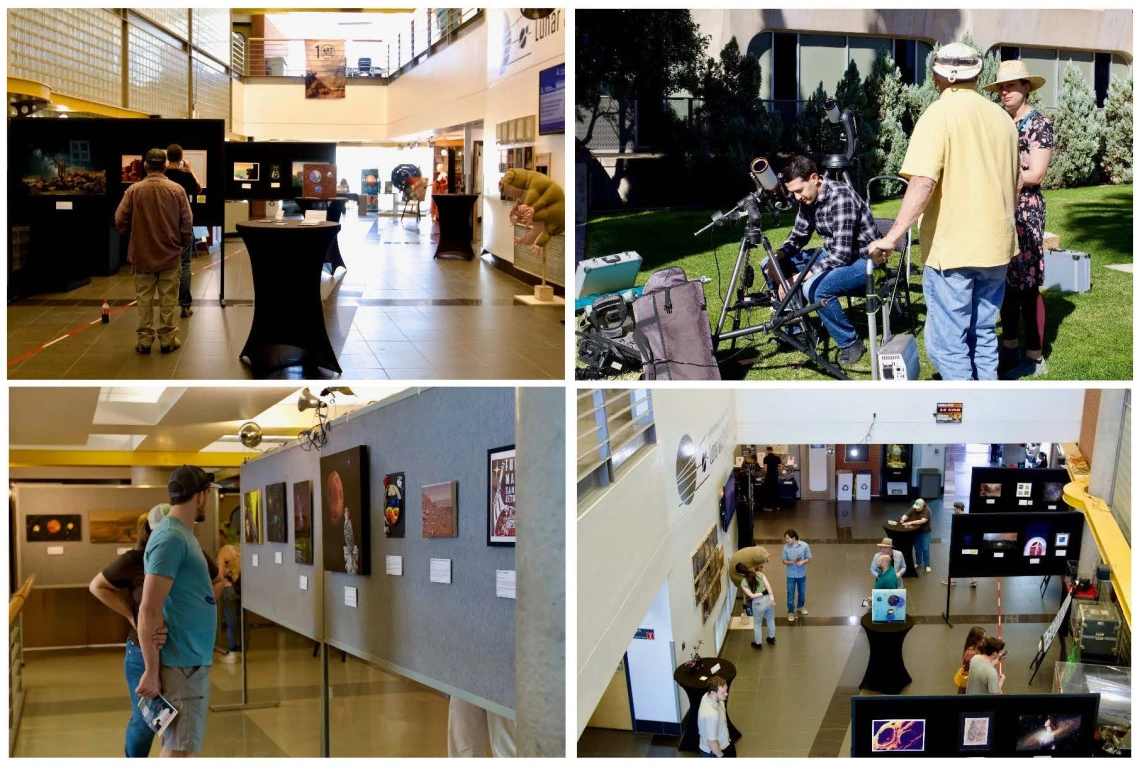
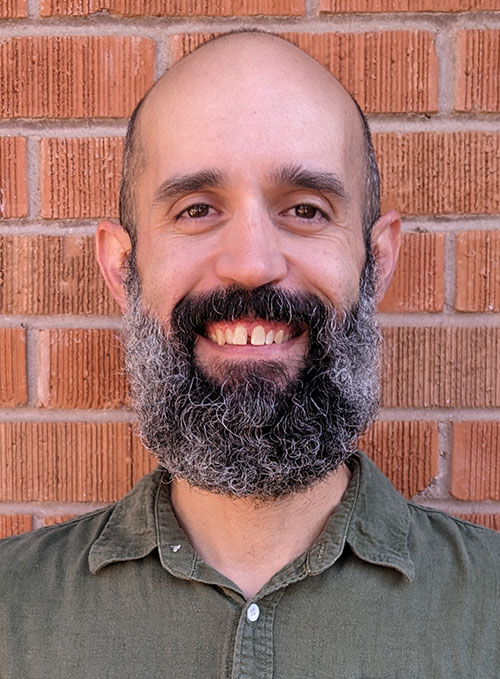
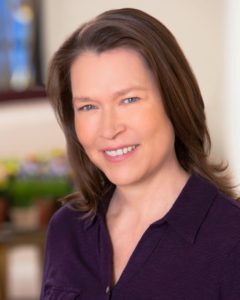 Denise Blum is the recipient of the LPL Staff Excellence Award for 2025 in the category of Administrative Staff.
Denise Blum is the recipient of the LPL Staff Excellence Award for 2025 in the category of Administrative Staff. 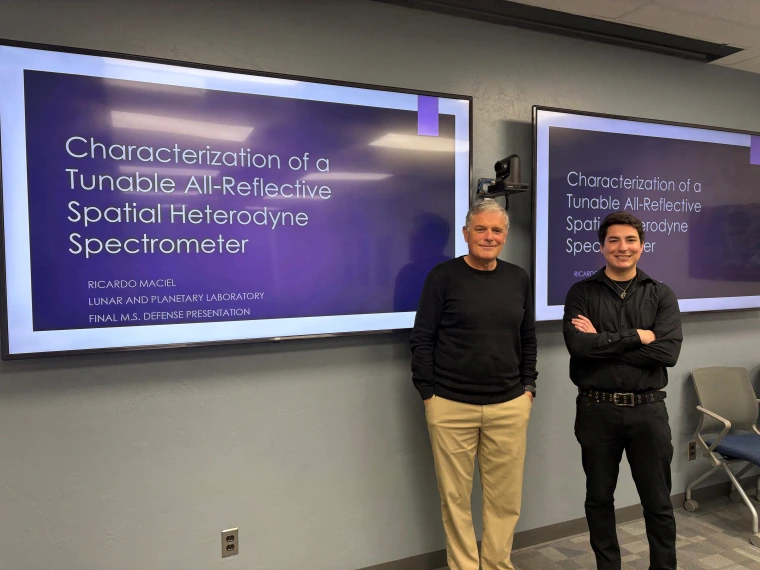
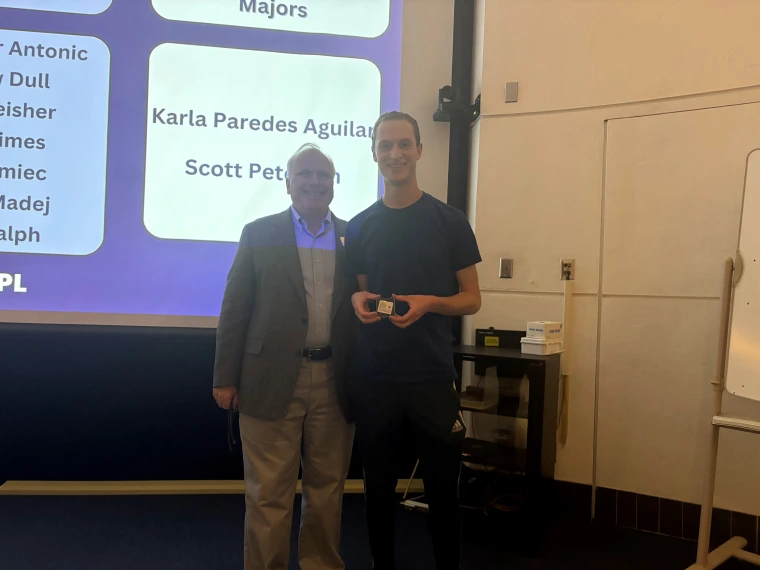
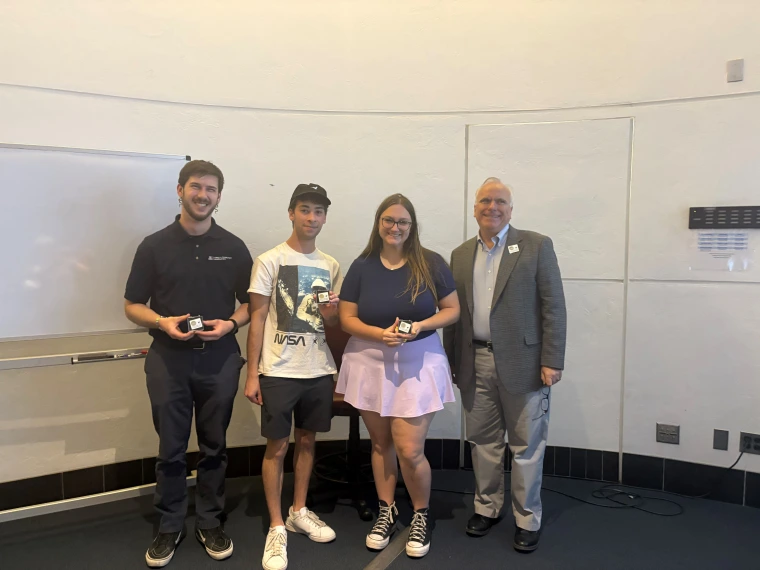
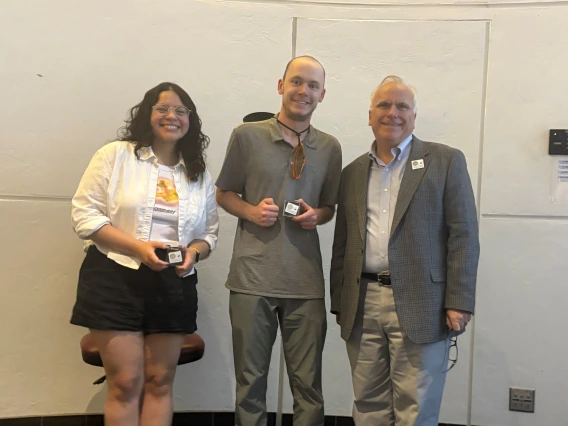
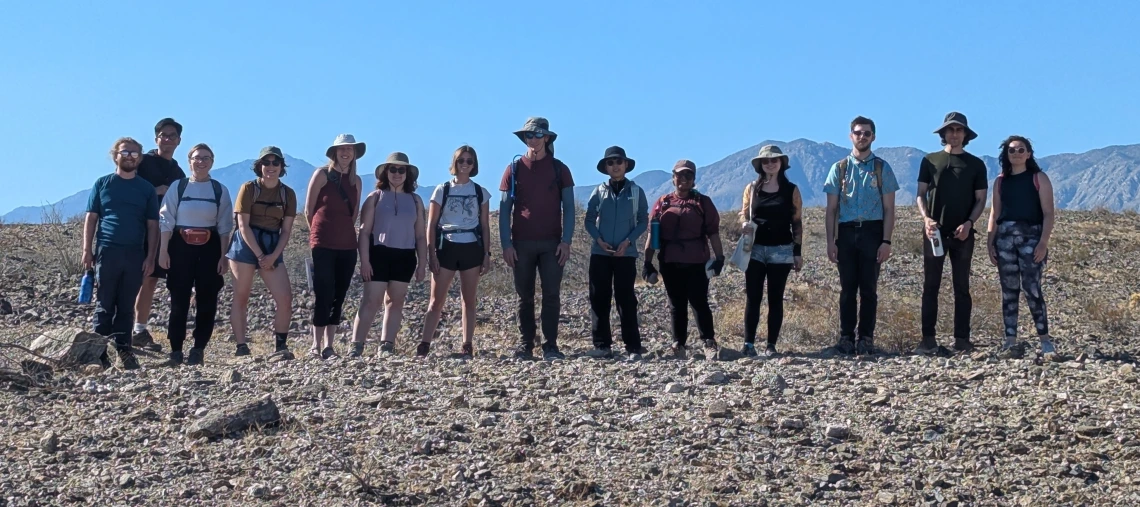
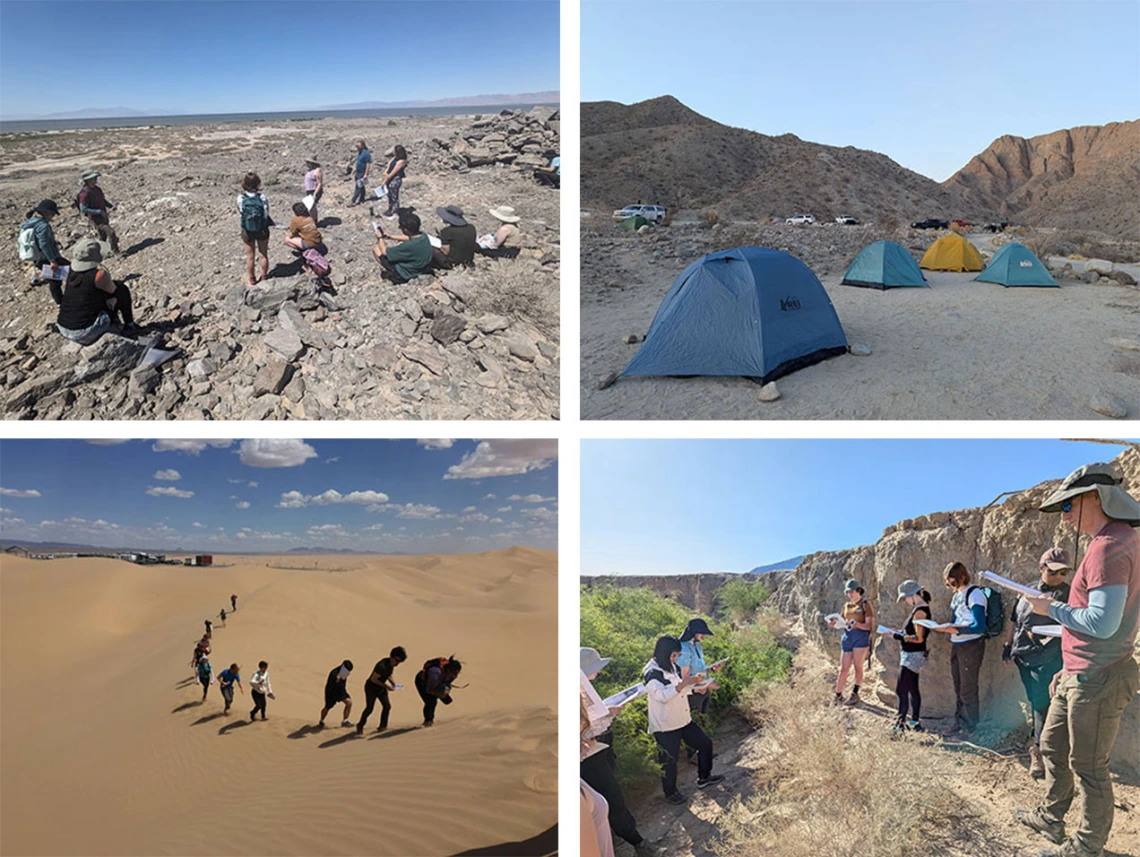
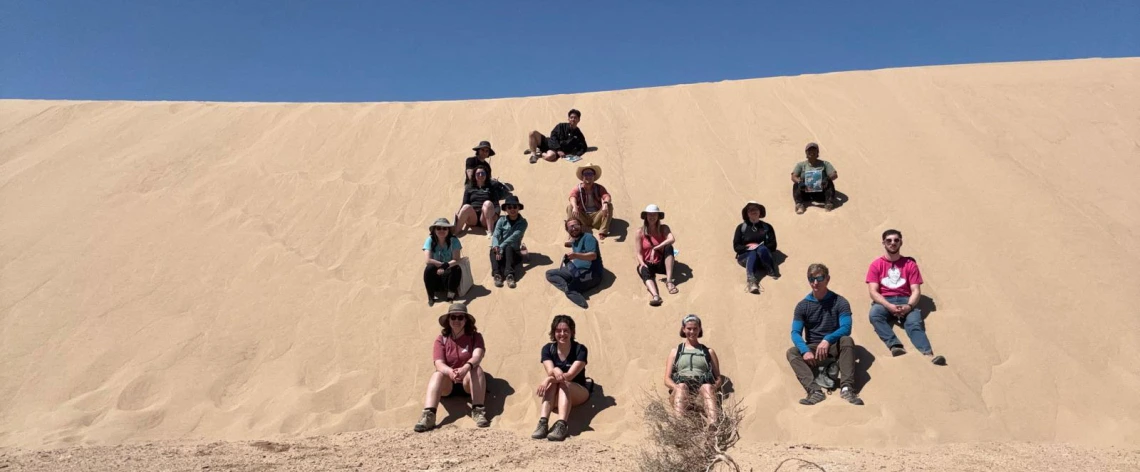
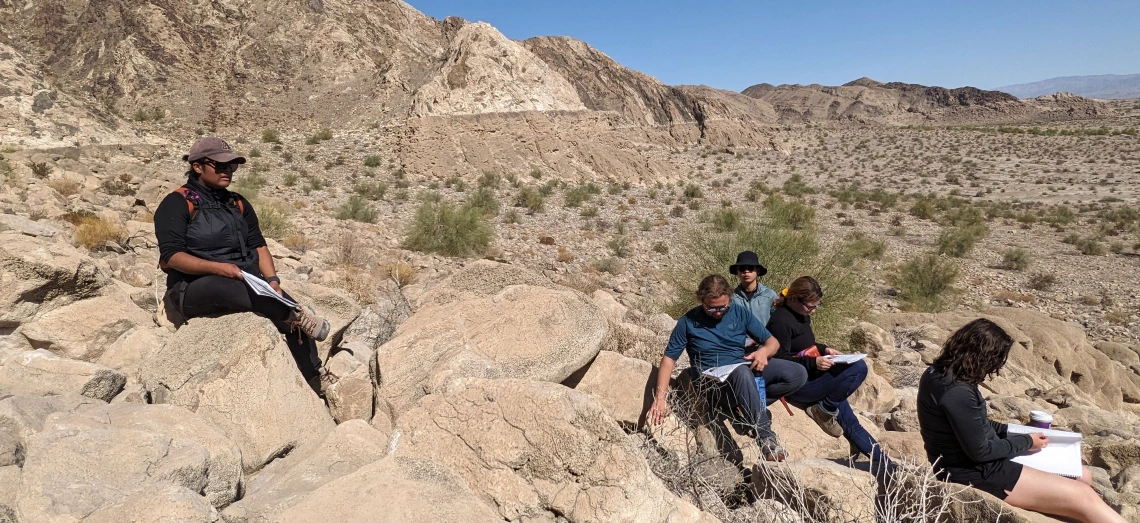
 Linae is an Astronomy major with minors in Planetary Sciences, Astrobiology, and Chemistry. Linae chose Planetary Sciences as a minor because it complemented the Astrobiology minor. She enjoyed taking PTYS 411: Geology and Geophysics of the Solar System with
Linae is an Astronomy major with minors in Planetary Sciences, Astrobiology, and Chemistry. Linae chose Planetary Sciences as a minor because it complemented the Astrobiology minor. She enjoyed taking PTYS 411: Geology and Geophysics of the Solar System with